My knowledge of health and fitness stems far less from any education or certification than it does from my own personal experience. I will never consider myself a master in this field because I believe that there is always more to discover. However, I have learned quite a bit through my journey. The road to where I am today was long and hard. I started off not knowing a single thing about healthy eating or exercising, and just began learning on my own, step by step. I experienced many falls and discouragements. There were times when I didn’t believe in myself at all. I even fell into some very unhealthy habits in a desperate attempt to look good. But each time I fell I got back up. And these falls have taught me some of the most beautiful lessons.
I truly believe that the lessons and the strength one gains through a healthy lifestyle permeate into even the most intricate facets of life to allow for growth in all senses of the word. For this reason, I want to share with you some of the important lessons I’ve learned on my path to a healthy lifestyle.
Lesson 1: Listen to Your Body
Beginning a healthy lifestyle is really a decision to respect your inner body. It’s about a desire to feel good, to age well, to set an example. We should always take the greatest care in paying attention to what our bodies are telling us. Whether you get injured, or are feeling discomfort in a certain area, take the time you need to recover. Don’t ever force your body into something that doesn’t feel right. Injuries, pulled muscles, pain and other restrictions are inevitable with regular exercise. Be sure you understand your body and treat it with the respect it deserves.
Lesson 2: Practice Consistency
If you are not consistent with diet and exercise, your results will be inconsistent as well. Fitness is a lifestyle, which means it needs to become a habit in order for us to reap it’s amazing benefits. Coherence to a regular routine of balanced eating and exercising is what will get you feeling your best. Practice a healthy lifestyle everyday to form that habit. Of course you will get off track from time to time, maybe a lot at first, but keep bouncing back and with time you will start to notice the changes to both your inner and outer being.
Lesson 3: Find Your Why
A healthy lifestyle is not possible without a why. You need a reason, a motivation to push your body and mind to their limits. What is your why? Try to find a deep-seated incentive, rather than a superficial one. Of course, we all want to look good, but there needs to be something more. If it’s all about looks, trust me, it won’t stick. Maybe you want to be in-shape so you can run around with your children. Maybe you are at an unhealthy weight and you want to become healthy enough to live a longer life. Maybe you want to set an example for your children or your family. Maybe you want to feel more energized and full of life. Whatever your reason, make sure it is unique and important to you.
Lesson 4: Be Patient
Patience is a virtue. There is a reason why Allah (swt) puts so much emphasis on sabr. Patience is the key to unlocking opportunities and doors; it is the foundation of a deep-rooted faith. In terms of fitness, the most common reason for giving up is that people don’t see results quickly. There is nothing fast about change; it happens slowly, overtime, with a lot of effort, hard work, persistence, and PATIENCE. The body needs time to adapt and grow, and in listening to our bodies as we’ve already discussed, we need to give it the time it needs. Be patient and don’t give up on yourself.
Lesson 5: Don’t Sweat the Small Stuff
Please, don’t stress out about small things. So you ate a chocolate when you weren’t supposed to. SO WHAT? We all make mistakes and no one can be perfect, no matter how much they might seem so from the outside. A healthy lifestyle is no easy task, and by adding unnecessary stress into the mix it becomes dreadful. Enjoy it, have fun, and don’t sweat the small stuff. Missed a workout? No problem, make it up later in the week or, if you don’t have the time, try to improve yourself the next week. Cheated on your diet? That’s OK it happens, food is delicious! Don’t use it as an excuse to beat yourself up and ruin all of your hard work; simply start fresh with your next meal. Take the edge off and enjoy the ride, no matter how bumpy it may get.
Lesson 6: Love Yourself First
Don’t begin a healthy lifestyle because you hate your body, or you hate something about yourself. Begin a healthy lifestyle because you LOVE yourself so much so that you want to become the best version of yourself that you can be. It’s fine to have ideas of what you want to work on, but counteract those negatives with some positives. Make a list of things you want to change and also a list of things you love about yourself, or things you are good at. You will never treat yourself good if you do not like yourself. Find your beauty and watch yourself blossom.

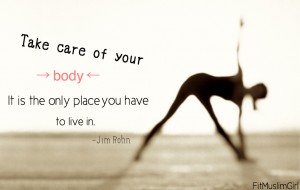
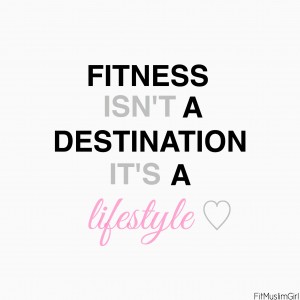
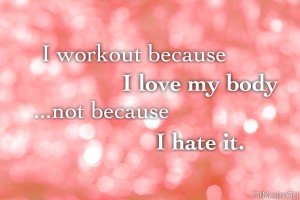





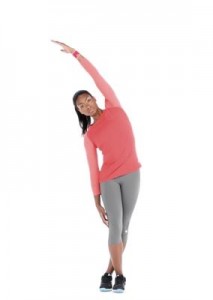
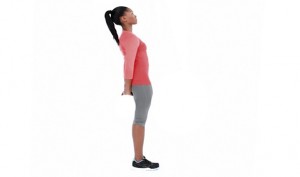
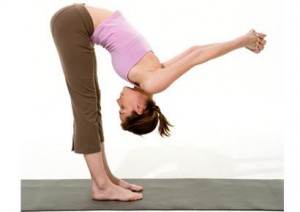


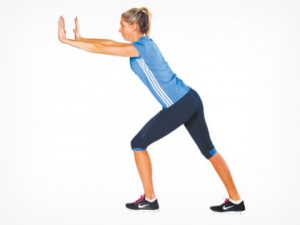

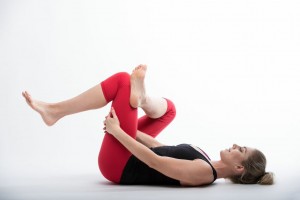



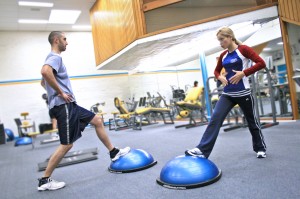

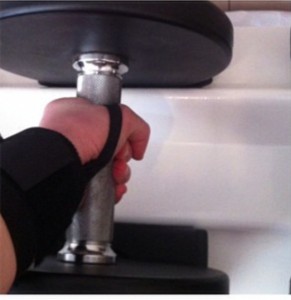 build muscle, strength, or changing their appearance. A twice per week training frequency is when each muscle group is worked twice per week. This is ideal for intermediate and advanced trainees with any type of goal. A three times per week training frequency is when each muscle group is worked three times per week and is ideal for beginners with any type of goal.
build muscle, strength, or changing their appearance. A twice per week training frequency is when each muscle group is worked twice per week. This is ideal for intermediate and advanced trainees with any type of goal. A three times per week training frequency is when each muscle group is worked three times per week and is ideal for beginners with any type of goal. force in quicker time periods. Strong legs help with that extra push, a strong core aids in balance and stability, and upper body strength helps maintain that speed. This was proven in a study done that tested the correlation between explosive strength training and 5-km running time in endurance athletes. In the experiment, 18 endurance athletes trained for 9 weeks. While both groups kept the same training volume, 10 of these subjects trained with simultaneous explosive strength training and endurance training, while the other 8 subjects participated in endurance training only. 5K time was improved in the well-trained endurance athletes who participated in simultaneous explosive strength training and endurance training due to improved neuromuscular characteristics.
force in quicker time periods. Strong legs help with that extra push, a strong core aids in balance and stability, and upper body strength helps maintain that speed. This was proven in a study done that tested the correlation between explosive strength training and 5-km running time in endurance athletes. In the experiment, 18 endurance athletes trained for 9 weeks. While both groups kept the same training volume, 10 of these subjects trained with simultaneous explosive strength training and endurance training, while the other 8 subjects participated in endurance training only. 5K time was improved in the well-trained endurance athletes who participated in simultaneous explosive strength training and endurance training due to improved neuromuscular characteristics.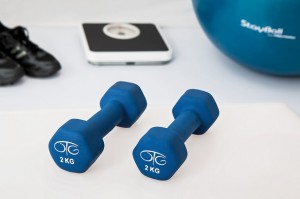 a great way to burn body fat. Now, cardio certainly does burn a significant amount of calories, however, those calories stop burning off as soon as that hour or so of cardio is finished. With strength training, lean muscle mass is built, which aides in the body not only burning calories during periods of exercise, but also while that person is at rest! Clearly, a body with more lean muscle and less fat is going to be lighter, aiding in speed and also in better body composition.
a great way to burn body fat. Now, cardio certainly does burn a significant amount of calories, however, those calories stop burning off as soon as that hour or so of cardio is finished. With strength training, lean muscle mass is built, which aides in the body not only burning calories during periods of exercise, but also while that person is at rest! Clearly, a body with more lean muscle and less fat is going to be lighter, aiding in speed and also in better body composition.